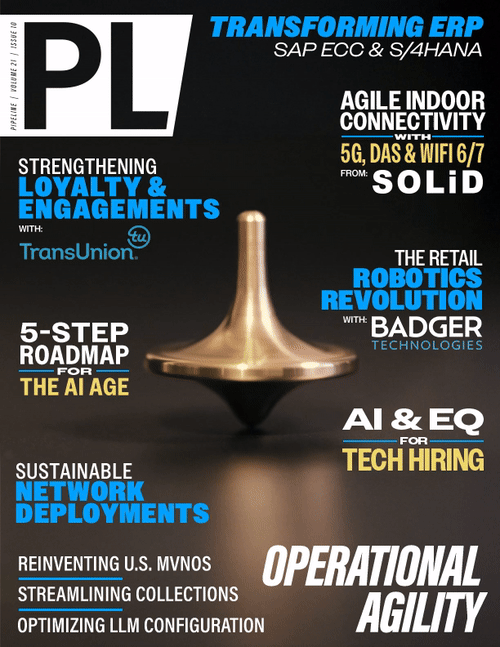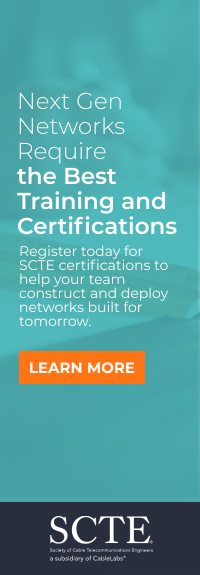5 Step Roadmap to Transforming Operations
for the Age of Intelligence
Over time, these systems grow smarter. AI models evolve with each data point, improving forecasting accuracy and enabling fine-tuned responses.
heat map. While many operators have invested in layered defenses, GenAI opens up new possibilities for proactive security. It can simulate attacks before they occur, modeling scenarios like
Distributed Denial of Service (DDoS) attacks, ransomware, or data breaches, and help operators assess their risk exposure.
More importantly, Agentic AI can enhance real-time threat detection and resolution. By continuously analyzing traffic, user behavior, and system logs, it can flag suspicious activity and trigger
automated containment—whether that’s isolating traffic, shutting down ports, or alerting analysts to investigate.
This kind of continuous surveillance and dynamic response is critical. It shortens the window between detection and action, reducing potential damage and protecting customer trust in an
increasingly high-stakes environment.
Step 4: Build a Data Strategy That Supports Intelligent Operations
AI’s potential is only as strong as the quality of the data it draws from. That means CSPs need more than just volumes of data - they need data that is real-time, relevant, and accessible across teams.
Many operators still struggle with fragmentation. Different departments collect and store data in their own systems, limiting visibility and slowing decision-making. To overcome this, CSPs must
integrate sources - across networks, customer systems, billing platforms, and service assurance tools - to create a unified data foundation.
But infrastructure alone isn’t enough. Operators also need to foster a data-driven culture: one that not only collects vast amounts of data but also ensures that the data is usable, accurate, and
accessible in real-time. Whether the aim is churn reduction, network optimization, or fraud mitigation, data should inform timely and confident decisions.
When that foundation is in place, AI becomes far more effective - able to surface insights, predict issues, and drive decisions across every level of the organization.
Step 5: Shift from Reactive to Intelligent, Autonomous Networks
The end goal of AI in telecom isn’t just automation - it’s autonomy. Imagine a network that learns from past events, adapts in real time, and continuously optimizes itself based on performance,
demand, and user behavior.
That’s what autonomous systems promise. Rather than wait for outages or complaints, these networks can anticipate problems and adjust - reallocating bandwidth, rerouting traffic, or alerting
engineers before service is disrupted.
Over time, these systems grow smarter. AI models evolve with each data point, improving forecasting accuracy and enabling fine-tuned responses. It’s a virtuous cycle: better data leads to more
accurate predictions, which in turn lead to improved service.
For CSPs, this shift means lower operational overhead, fewer manual interventions, and a more agile, resilient network—one that can scale with customer expectations and support emerging digital
services without compromise.
Figure 1: Transform data into actionable insights
Final Thoughts
Globally, telecom operators today are navigating a perfect storm of cost pressure, rising complexity, and intensifying customer demands. AI, GenAI, Agentic AI, and real-time analytics offer a way through - but only if implemented with purpose and vision.
It’s not enough to pilot isolated AI initiatives. Success depends on commitment at every level — from the C-suite to network operations — and alignment with broader digital transformation
goals.
Those who treat AI as a strategic enabler — embedding it across workflows, aligning it with strong data practices, and evolving toward intelligent automation — will be positioned not just to
survive but to lead. The opportunity is clear: move beyond traditional CSP models and become true digital service providers, ready for what comes next.



















